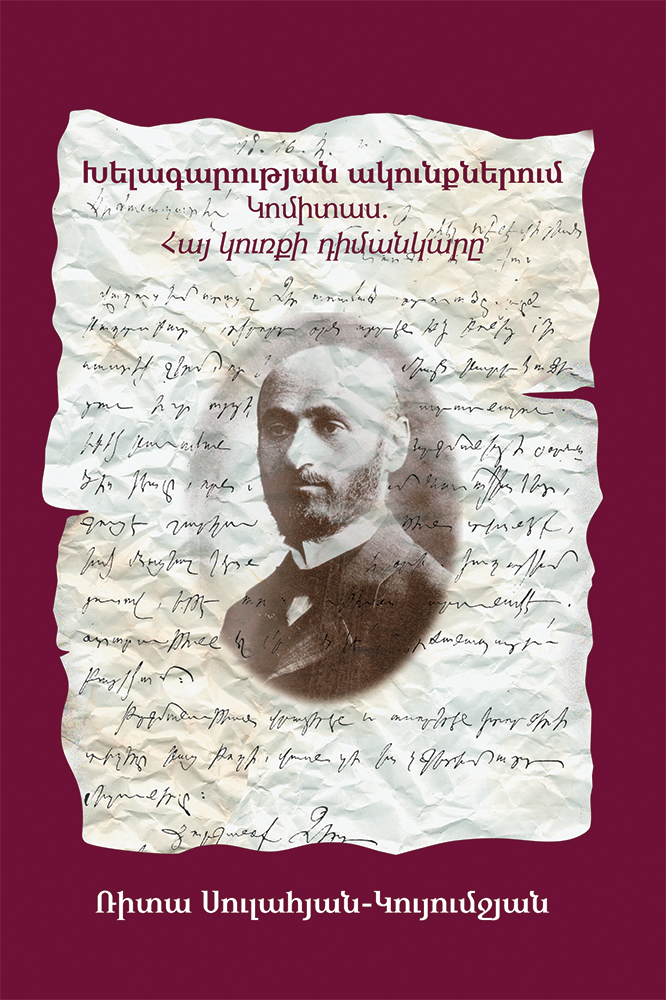25.04.2015

Today at 16:00 the presentation of the Armenian translation of a book by Rita Sulahian-Kuyumjian “Archeology of Madness, Komitas; Portrait of an Armenian Icon” will take place at the Armenian Genocide Museum-Institute.
In this thoughtful biography, Rita Kuyumjian examines three seldom-addressed aspects of the composer’s life: his relationship with an Armenian singer, Margaret Babayan; his mental illness; and his relationship with the Armenian church. In this gently flowing narrative, based on extensive archival research, the fragile sanity of Komitas’s mutilated soul comes to life, engulfing the reader in the tempest that once roared in the great Armenian composer’s afflicted mind. Beside the elucidation of the complex Posttraumatic Stress Disorder, the author’s meticulous exploration of Komitas’s private life, love, fears, and demons paints a picture of a delicate creativity trapped in a painful solitude.
Two great strands of human life are interwoven in the Armenian psyche: suffering and art. Komitas's life combines both to create a tragic yet delightful tapestry of an artist's life.
Born in Kütahya, Turkey, in 1869, Komitas rose from orphan street urchin to prominence as an internationally recognized musicologist. He popularized Armenian classical music by organizing mixed choirs in many cities with large Armenian populations. Komitas was idolized by the members of the choirs, who came to see him as the savior of their musical heritage.
His quest was to rediscover the pre-Christian roots of Armenian ecclesiastic music, to bring high standards to performances of Armenian folk music, and to build a conservatory of music to promote musical education. His melancholic songs exert a profound healing effect on listeners and draw audiences, Armenian and non-Armenian alike, to their feet.
Komitas, the founder of Armenian classical music, became a symbol of the Armenian suffering of the 1915 genocide in Turkey. He was elevated in the eyes of Armenians to martyrdom.
Rita Sulahian-Kuyumjian, the author of the book, is a psychiatrist. She works as the Director of Psychiatric Outpatient Department of St. Mary’s Hospital in Montreal. She is an author of five books. Her first book, “Diary Notes of a Journey to Armenia, Memoirs of a Psychiatrist”, chronicled her experience working with children after the 1988 earthquake in Armenia.
“Archeology of Madness, Komitas, Portrait of an Armenian Icon” is her second book.
The third publication, “Trilogy-April 24, 1915”, is a 3 volume work, dedicated to the Armenian intellectuals Aram Andonian and Teotig, who were among the intellectuals who were arrested but survived and contributed to the survival of the Armenian Diaspora.
The book is translated into Armenian by Lusine Abrahamyan and Robert Tatoyan from the Armenian Genocide Museum-Institute.





